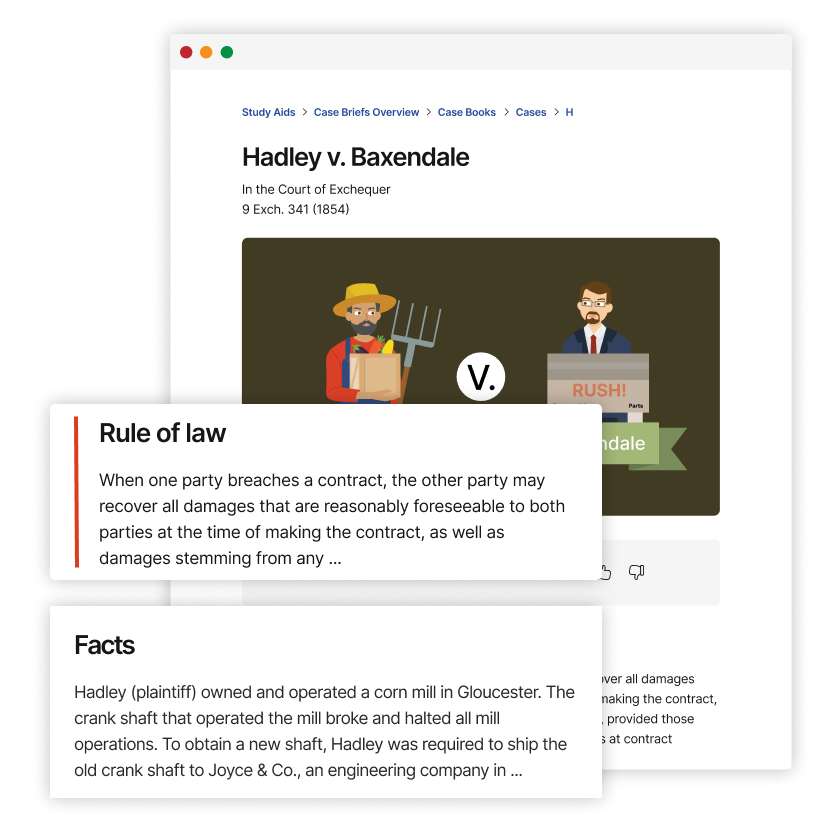Doe v. Lower Merion School District
United States Court of Appeals for the Third Circuit
665 F.3d 524 (2011)
- Written by Ann Wooster, JD
Facts
During the development of a new student- assignment plan by the Lower Merion School District (school district) (defendant), school-district officials and community members considered the racial impacts of various proposed plans with a goal of achieving diversity. However, the stated nonnegotiable goals were nonracial in nature, including high-school-enrollment equalization, full-capacity use of elementary schools, and transportation-cost management. The school-district officials rejected plans that did not achieve these nonracial goals, and they also rejected plans that did not achieve the racial-diversity goal. Finally, school-district officials adopted Proposal 3R, a plan that met all of the racial and nonracial goals by considering neutral factors including comparative school populations, travel time, transportation costs, educational continuity, and walkability. The parents and guardians of nine African American students (plaintiffs) who lived within the geographical bounds of the school district filed an action in the district court to challenge the new student-assignment plan. The parents and guardians claimed that the consideration of race during development of the facially neutral plan and the plan’s impact discriminated based on race in violation of the individual students’ rights under the Equal Protection Clause of the Fourteenth Amendment to the United States Constitution. The district court concluded that Proposal 3R did not use race impermissibly and did not violate the individual students’ equal-protection rights. The parents and guardians appealed.
Rule of Law
Issue
Holding and Reasoning (Greenaway, J.)
What to do next…
Here's why 899,000 law students have relied on our case briefs:
- Written by law professors and practitioners, not other law students. 47,000 briefs, keyed to 994 casebooks. Top-notch customer support.
- The right amount of information, includes the facts, issues, rule of law, holding and reasoning, and any concurrences and dissents.
- Access in your classes, works on your mobile and tablet. Massive library of related video lessons and high quality multiple-choice questions.
- Easy to use, uniform format for every case brief. Written in plain English, not in legalese. Our briefs summarize and simplify; they don’t just repeat the court’s language.




